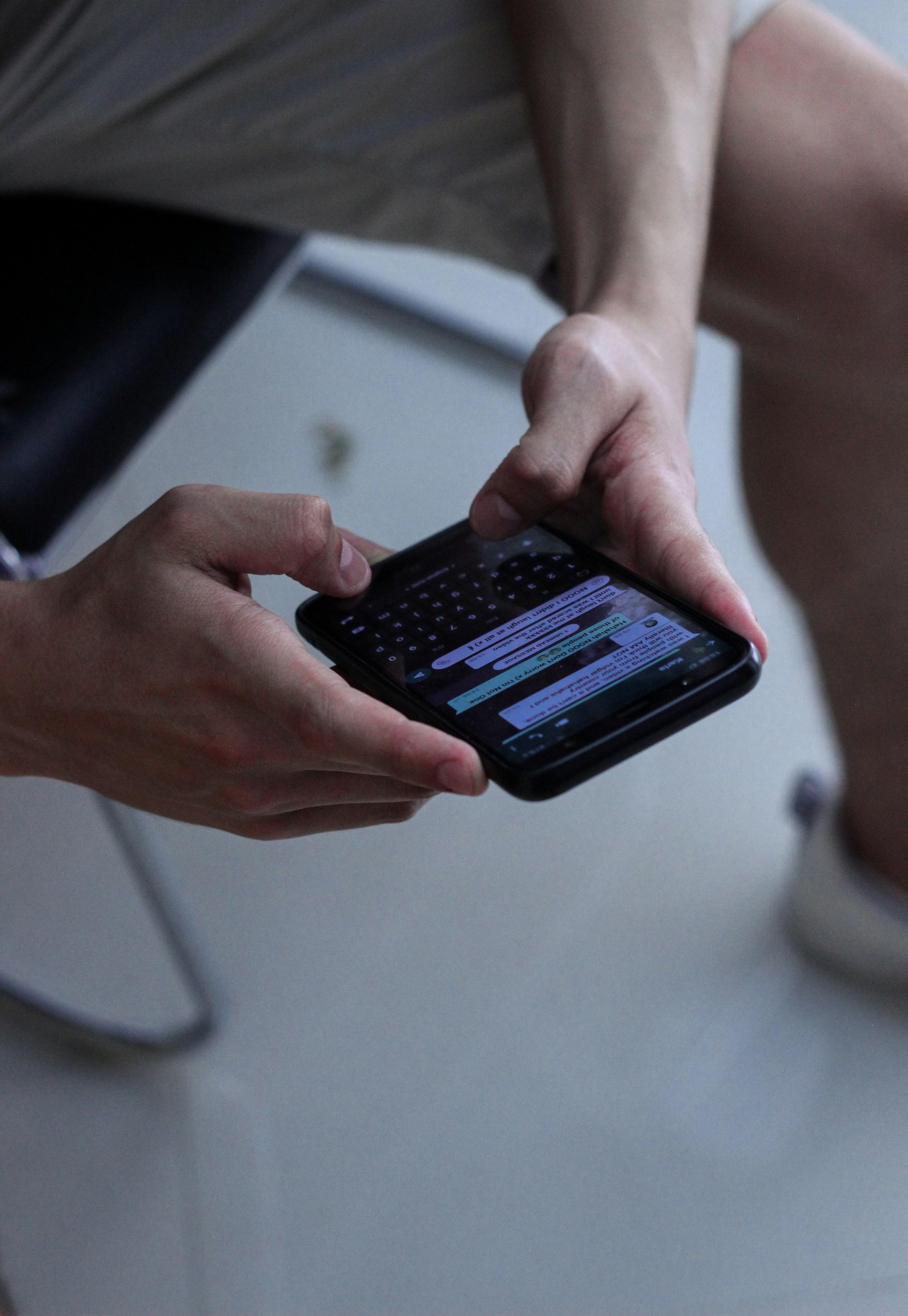Starting a side hustle is not only a question of whether the idea is good. It is a question of whether the life around the idea can carry it without breaking. People often begin with enthusiasm and proof of demand, then watch momentum fade because the system around the work is vague. The calendar fills, promises slip, and trust erodes. What looks like a failure of discipline is usually a failure of design. An essay about starting well needs to focus less on tips and more on architecture. When the structure is right, a modest idea can grow. When the structure is wrong, even a great idea stalls.
The first piece of architecture is intent. A side hustle can serve different futures, and each future asks for a different shape. If you want a small second income to support a stable career, the work needs to fit the edges of your day and limit volatility. If you are testing a path that might replace your job, you need a way to learn about a market, generate leads in a repeatable way, and document what you do so it can be taught. If you want to sharpen your craft and expand your network, choose projects that stretch your skills and place you in new rooms. It is tempting to hold all three aims at once, but clarity wins. Write one sentence that states the purpose of this season and let that sentence govern what you accept and what you decline. Plans drift when intent is fuzzy and decisions become emotional. Plans cohere when the intent is visible and stable.
The second piece is capacity. A week holds a fixed number of high energy hours. Many professionals imagine that they can simply squeeze the new work into nights and weekends. That may hold for a month but not for a year. Commuting, caretaking, errands, and recovery swallow more time than you expect. Mental work consumes a kind of fuel that does not refill on command. If your day job is cognitively heavy, creative energy will not appear at midnight just because you want it. Treat biology as a boundary rather than a personal flaw. Map your real week. Count the hours that have the focus you need for sales, production, and support. Then set a ceiling that assumes you will not be at your best every week. When you have a strong month, you can take one extra project. When life is rough, your promises still hold. Sustainable pace is a business decision, not a luxury.
The third piece is conflict. Employment contracts can create traps that only become visible when money appears. Many companies claim ownership of what employees build using company time or equipment. Some restrict work for adjacent markets. Do not guess. Read your contract. If you need approval, ask for it early and seek a written note that clarifies what is allowed. Even when approval is not needed, manage the relationship with your manager. You can share constraints without sharing details. For example, state that you will not solicit company clients, will avoid direct competitors, and will schedule work outside of core hours. These signals reduce suspicion, keep you safe, and preserve your reputation.
Ownership is the fourth element. A side hustle collapses when people think they own the same outcome. Even if the team is only you and one contractor, assign responsibility as clear outcomes, not vague activities. One person owns sales and proposal quality. One person owns delivery standards and revisions. One person owns billing and collections. A simple rule helps. For every function, name one owner, one backup, and one review moment. If two people share ownership, no one truly owns it. This clarity protects speed, reduces friction, and keeps emotions cool when something slips.
The delivery system sits at the heart of a dependable side hustle. Clients do not buy effort. They buy a predictable path from brief to result. You can begin with five anchors that organize any kind of work. Intake, scope, draft, review, and delivery. For each anchor, list the minimum information you need to proceed and the maximum turnaround you will promise. Keep proposal and statement of work templates close. Keep decisions and files in a single place. Keep a short change log so you can show how scope evolved. The point is not to build a heavy process. The point is to build a sequence that any helper could follow if you were away for a week. Light structure lowers rework and protects the hours that need judgment and creativity.
Pricing logic matters more than a price tag. Hourly pricing punishes you when you become faster. Per deliverable pricing can punish you when a client adds steps that were never priced. Value pricing can work when you can move a metric the client cares about and can show proof. Pick one method and define floors. A small base fee can protect you from context switching and fragmentation. If you work outside normal hours, your speed may vary. Protect yourself by pricing for reasonable slippage. Offer a rush multiplier for genuine emergencies. Offer a short discovery engagement for fuzzy scopes that need clarity before a larger commitment. The goal is to preserve trust by making tradeoffs visible, not to squeeze every dollar from a client.
Risk posture is easy to ignore at the start and painful to fix later. Concentration risk is the most common. If one client provides most of your revenue, one decision outside your control can break your month. Set a limit. No single client should supply more than one third of your monthly income. Payment terms should also protect your cash flow. Request a deposit, invoice in stages, and avoid extending long credit just to win work. Operational risk hides in small habits. Keep your records outside client systems. Separate your devices if you handle sensitive data. Use two factor authentication as a baseline. These moves signal professionalism and make recovery easier if anything goes wrong.
Reputation design deserves early attention. Many new founders over invest in brand design and under invest in clarity. A one page site that states your promise, shows three proof points, and offers a simple way to book a short call can carry you far. Keep your portfolio selective and current. People hire you for what you show. If you show everything, you confuse buyers. If you show the right few projects with crisp outcomes, you attract the work you actually want. Reputation is not a logo. It is a consistent story about the problems you solve and the way you solve them.
Energy management is culture. A side hustle that raids sleep and relationships will last one quarter at most. Decide in advance what you will not trade. Protect at least one full evening and one full day each week. Plan deliberate recovery after heavy sprints. Put administrative hours on the calendar for invoicing, follow up, and file hygiene so that paperwork does not shove into family time. These blocks are not trivial. They are the conditions that allow you to keep promises over a long arc.
Learning cadence converts effort into compounding advantage. Treat your first ten clients as a research cohort. After each project, write down what took too long, what was unclear, and where stress spiked. Change one thing each cycle. Replace a long call with a form if the same questions recur. Add a reference gallery if clients struggle to describe taste. Move your proposal template earlier in the process if you keep rewriting it from scratch. Improvement at the edges compounds. Small upgrades reduce cycle time, reduce avoidable conflict, and make it easier to say yes to the right work.
The flow of a typical engagement shows how these elements fit together. A prospective client reaches out and you check against the intent for this season. If the goal is craft and network, a lower fee project that expands your skills can be wise. If the goal is runway for a possible transition, you decline politely and keep the pipeline focused on repeatable offers. You check capacity and hold the ceiling. You check conflict boundaries and keep a safe distance from your employer’s market. You scope inside the delivery anchors, price with your floors, invoice a deposit, and run the checklist. After delivery, you document one improvement to carry forward. The system gets lighter with every cycle.
Two reflective questions protect momentum. Who owns this and who believes they own it. What happens if you vanish for two weeks. If two people claim the same outcome, settle it before work begins. If the answer to the second question is that everything slows or stops, the system relies on your constant presence. That is fragility, not strength. Rewrite the process so a backup can follow your breadcrumbs. Resilience is not only a buffer of money. It is a buffer of clarity and documented flow.
Legal and tax basics belong in the first quarter of operation. Register the structure that fits your jurisdiction, open a separate bank account, and track expenses from day one. If you handle client content, code, or data, use a simple contract that clarifies ownership, confidentiality, and limits on liability. Templates are fine at the start, but read every line and adapt them to your reality. Include permission to showcase work when appropriate. Define acceptance and sign off so there is a clear end to obligations. The aim is not to become a lawyer. The aim is to reduce surprises.
Marketing works best as an engine rather than a burst. Choose one channel you can keep alive without dread. A monthly case study that explains your method, a weekly behind the scenes post that shows how you solve recurring problems, or a small newsletter that teaches something concrete can all build steady demand. Pick assets that compound. A clear walkthrough of your process can sell for years. A daily posting grind that you hate will die by week three. Consistency beats intensity. People trust what shows up on time.
An exit rule gives courage at the beginning. Many people hesitate because they cannot see how the story ends. Define thresholds that trigger specific choices. If revenue and demand hold above a certain level for three months, you raise your floors, narrow your slate, or plan a full time transition. If they do not, you maintain the hustle as craft or supplemental income and stop punishing yourself for not chasing every lead. An exit rule turns vague hope into a clear decision point. It lowers anxiety and lets you enjoy the work in the present.
In the end, starting a side hustle is less about willpower and more about building a small, resilient operating system around your talent. The system begins with intent and capacity. It grows through clear ownership and a predictable delivery path. It earns trust through honest pricing and simple risk limits. It stays alive because energy and relationships are protected by design. It compounds because improvement is built into the rhythm of the work and marketing is treated as a steady engine rather than a splash. Side hustles fail quietly when everything depends on the founder being at full strength every day. They succeed when the work can move even when life gets messy. Design for the second, and you give your idea a fair chance to grow without pulling the rest of your life apart.















